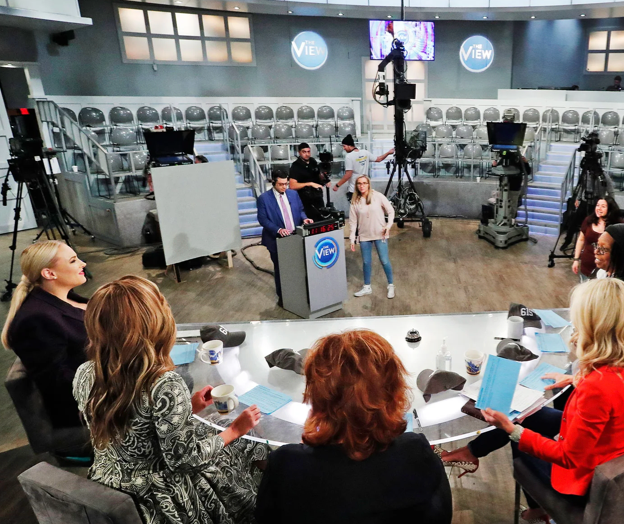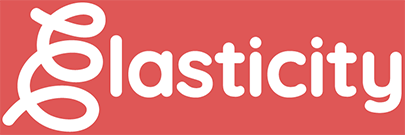Whenever there is a global, national or regional news story of significance, you can be sure every company, brand and PR practitioner worth their salt will work to wedge themselves into the story.
Let’s say a fire destroys an Ohio shoe manufacturing plant killing hundreds, capturing the nation’s attention, and every publicist on the planet representing everything from safety technology to shoe brands is pitching stories to media trying to wedge into the news hole. At the same time, as national news carries the story, every local news outlet nationwide works to report on the tragedy and find some semblance of a tie between that plant and their region.
It’s the ying and the yang of major events and the reality of how the worlds of media and PR work, often in concert with one another – brands, organizations and media outlets, all seeking relevance.
Enter the COVID-19 pandemic, an event unlike anything we’ve seen in a generation.
“This is probably the biggest event that any of us will ever cover,” a Bloomberg reporter in Europe told me this week.
Some journalists believe it’s not only the biggest, but different from anything they’ve covered.
“I don’t think this is really comparable to any other event I’ve covered or any that’s been covered in history,” a reporter from a St. Louis-area FOX affiliate said. “There’s no finish line with this. With (the) Ferguson (riots), there were markers along the way that allow you to follow the coverage. Mike Brown is killed, protests begin, Officer Wilson is named, Mike Brown’s funeral occurs, the Grand Jury investigates and then makes a decision, riots occur. It happened in August and was essentially over by Christmas with the exception of a few flare-ups from time to time.”
On Sept. 11, 2001, I was working for an electric utility that owned five nuclear plants in the southeast. After the planes hit the World Trade Center, I spent the next 72 hours doing interviews on nuclear security. We didn’t want the attention nor have to pitch anything as we had all we could handle. We just had to ensure we had the right voice sharing the appropriate message while reassuring the public that nuclear plants were safe.
Healthcare-related organizations have been in a similar position during the coronavirus pandemic. But there are great opportunities for savvy publicists outside of the healthcare industry. After all, nearly every reporter out there has had their beat shifted to include coronavirus coverage.
“The news itself we’re covering is nearly all COVID-19-focused in some way,” the FOX-affiliate reporter told me.
This means that if you represent an organization that has some impact on public safety, food, employment, psychological well-being, education, innovation, technology and more – there’s an opportunity.
So how do you enter the fray? For publicists, strong media relationships begin and end with trust: Being a helpful, honest broker, while recognizing what journalists are going through and how they do their jobs. And here’s a pro tip that may slip your mind from time to time: Journalists are actually human beings who must deal with their own unique stresses and lives.
In these coronavirus times – when things are nuts – “it’s all the more important to be concise,” as the Bloomberg correspondent noted.
You need to recognize how to effectively communicate your message, and each journalist may have unique preferences. Some prefer email, some phone, some want carrier pigeons or messages through Twitter, some want PR people (like me) to jump off a steep cliff. Then there are factors like timeliness, ease of access, having supplemental video (for TV). The little things matter.
More than anything you need to be relevant.
“I’m working longer hours,” the FOX-affiliate reporter told me. “I’m involved in more newscasts, not to mention trying to cover it on the digital front. Co-workers are either working from home, spaced throughout the building or meeting colleagues in the field to complete assignments.”
In the end, here’s some factors to keep in mind:
- Relevance: This is job number one. It’s not a concept, but a reality. Find a realistic and relevant tie between you and the story – or save your powder for another day.
- Tools beyond words: Come equipped with data, stats, images, video or unique voices that can support or make your story more robust.
- Thought leadership: This might sound silly, but it’s not always the case – have smart things to say. Make sure your spokesperson has a unique point of view and that you can provide a perspective from the front lines that others have not delivered as of yet.
- Leave bread crumbs: Reporters and audiences are looking for smart voices and search social media for new concepts. Whether you get on TV or not, use social media to inform the public about those points and issues. Something good may come from it.
- Be respectful: We all have jobs to do. We are all human beings. Put your best foot forward and if you get picked, great. If not, look for another reporter and another angle into the news hole.
- There’ll be a next time: If you don’t land a home run, it does not mean you didn’t have a solid story (which your boss will love to hear!). There can be other factors at play that have nothing to do with you. Keep on working at it and ask how you can be of service to the reporter in the future.
We are living in a world that has been turned upside down by a pandemic that few saw coming yet impacts nearly every person on the planet. COVID-19 has created dire hardships, manageable challenges, and for some, great opportunity. For PR practitioners, it requires a measure of understanding the audience you rely upon to help tell your story, crafting a strategic approach that is thoughtful, having something smart to say and tools to support that message, while relentlessly continuing to find new means to tell your story.


